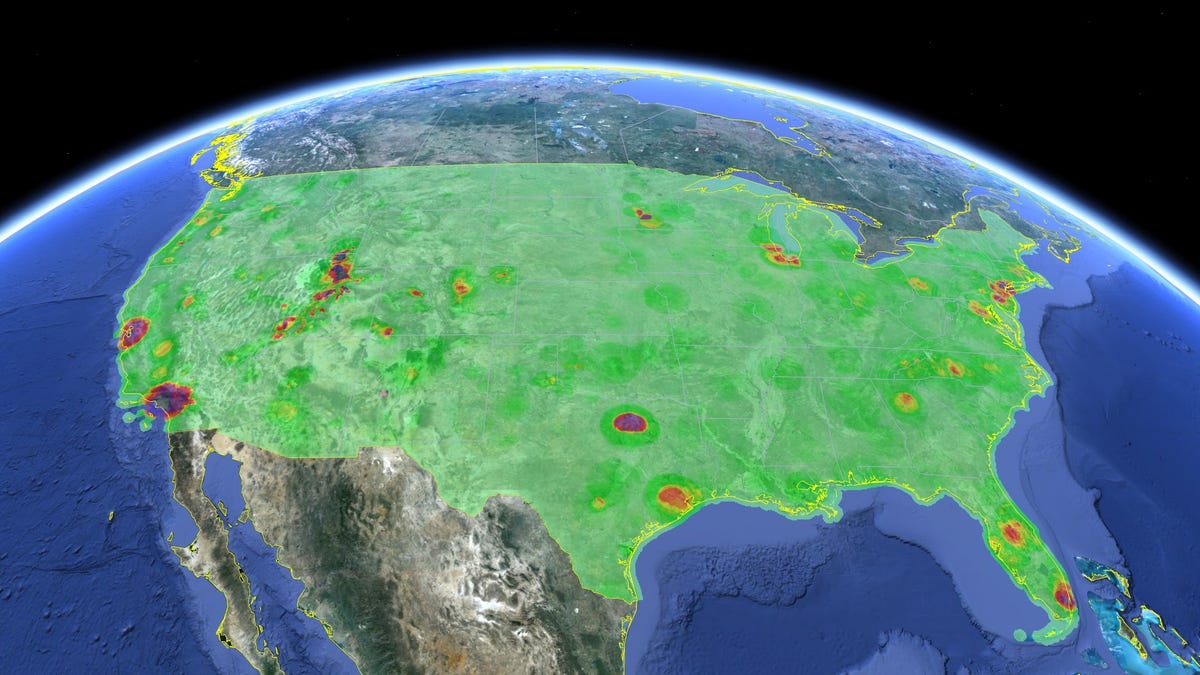Google automates wireless networks' use of TV white space
By opening a programming interface to its database of free white space, Google promises to make it easier for devices to find unused wireless spectrum.

In June, the US Federal Communications Commission certified Google to operate the national database detailing which particular patches of "white space" spectrum were usable for wireless communications. Now, the company has opened a service that lets programs tap into that database, an automation step that Google expects will make it easier to squeeze as many bits as possible into the country's unused spectrum.
The tricky thing about white space -- electromagnetic spectrum reserved for TV broadcast but not actually in use -- is that the unused spectrum varies from region to region. Google already operated a database to detail what spectrum is free in what areas.
Now software can tap into that database through an application programming interface (API), which makes it possible for devices to find configuration details without human intervention.
"The commercial account allows equipment makers to register their devices with our database in order to operate on available TV white space," Google Access principal Alan Norman wrote in a blog post on Thursday.
Google offers free use of the API to individuals and a commercial license for businesses. The first business paying for that access is Adaptrum, Google said. It uses Google's Spectrum Database to offer public Wi-Fi at West Virginia University.
Although white space holds could help supply people with more of an increasingly precious resource, it's not a miracle cure. Cities, the very markets with the most people and therefore the heaviest utilization of existing network capacity, also happen to be the places where there's the least amount of free white space.

